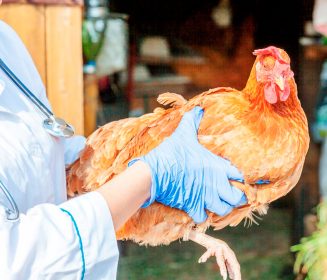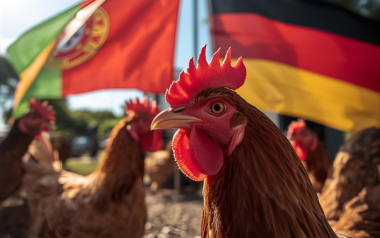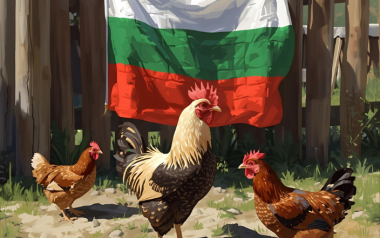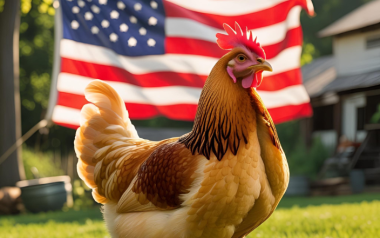Sources: Available upon request
10 Sep 2024
AI H5N1 in the U.S.: 13 human cases in poultry workers since April
Since April 2024, the United States has reported 13 human cases of highly pathogenic avian influenza (HPAI) H5N1 among poultry workers. This development has raised concerns about the potential for zoonotic transmission and the broader implications for public health.
Since April 2024, the United States has reported 13 human cases of highly pathogenic avian influenza (HPAI) H5N1 among poultry workers. This development has raised concerns about the potential for zoonotic transmission and the broader implications for public health.
Background on H5N1
H5N1 is a subtype of the influenza virus that primarily affects birds but can occasionally infect humans. The virus is highly contagious among birds and can cause severe respiratory disease and high mortality rates in poultry. Human infections are rare but can occur through direct contact with infected birds or contaminated environments.
Recent outbreak in the U.S.
The recent cases in the U.S. have been linked to exposure to infected poultry. The Centers for Disease Control and Prevention (CDC) has been actively monitoring the situation and working with state and local health departments to contain the spread. The affected individuals were involved in various poultry-related activities, including culling and handling of infected birds.
Public health response
The CDC has implemented several measures to address the outbreak. These include enhanced surveillance of poultry farms, increased testing of individuals with potential exposure, and public awareness campaigns to educate workers about preventive measures. The agency has also been collaborating with the U.S. Department of Agriculture (USDA) to control the spread of the virus in poultry populations.
Risk to the general public
Despite the reported cases, the CDC maintains that the risk to the general public remains low. The virus does not easily transmit from person to person, and most human cases have been linked to direct contact with infected birds. However, the situation is being closely monitored, and the CDC continues to update its guidelines based on the latest findings.
Preventive measures
To minimize the risk of infection, the CDC recommends several preventive measures for poultry workers:
- Use of Personal Protective Equipment (PPE): Workers should wear gloves, masks, and protective clothing when handling poultry.
- Hygiene practices: Regular hand washing and disinfection of equipment and surfaces are crucial.
- Monitoring health: Workers should report any respiratory symptoms to healthcare providers promptly.
Future Outlook
The ongoing surveillance and control measures are critical in preventing further spread of H5N1. The CDC and other health agencies are also conducting research to better understand the virus and develop effective vaccines and treatments. Continued vigilance and cooperation between public health authorities and the poultry industry are essential to mitigate the impact of this outbreak.
In conclusion, while the recent cases of H5N1 in the U.S. are concerning, the coordinated response by health authorities aims to contain the virus and protect both poultry workers and the general public. Ongoing efforts in surveillance, research, and public education will be key in managing this public health challenge.







































